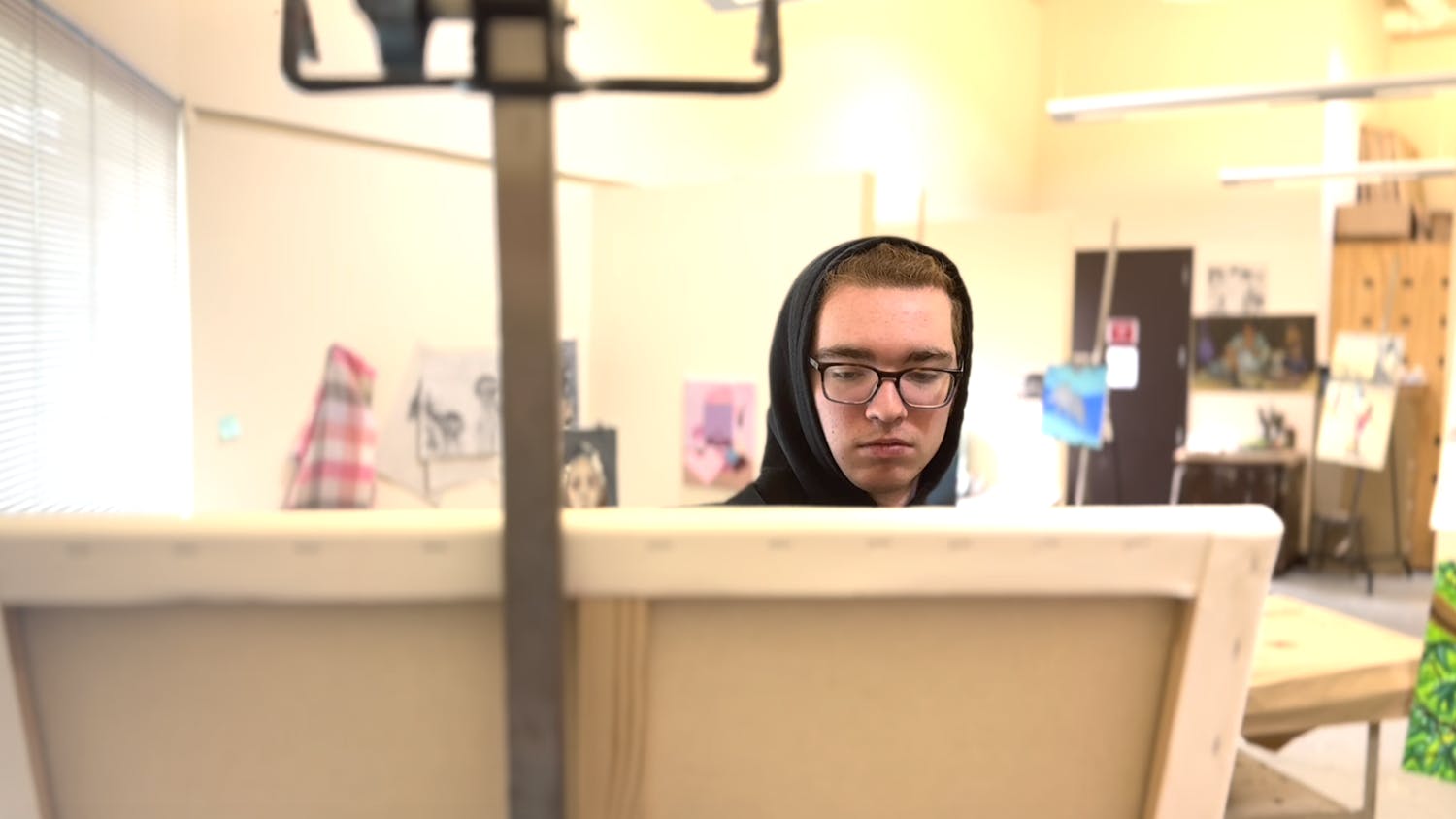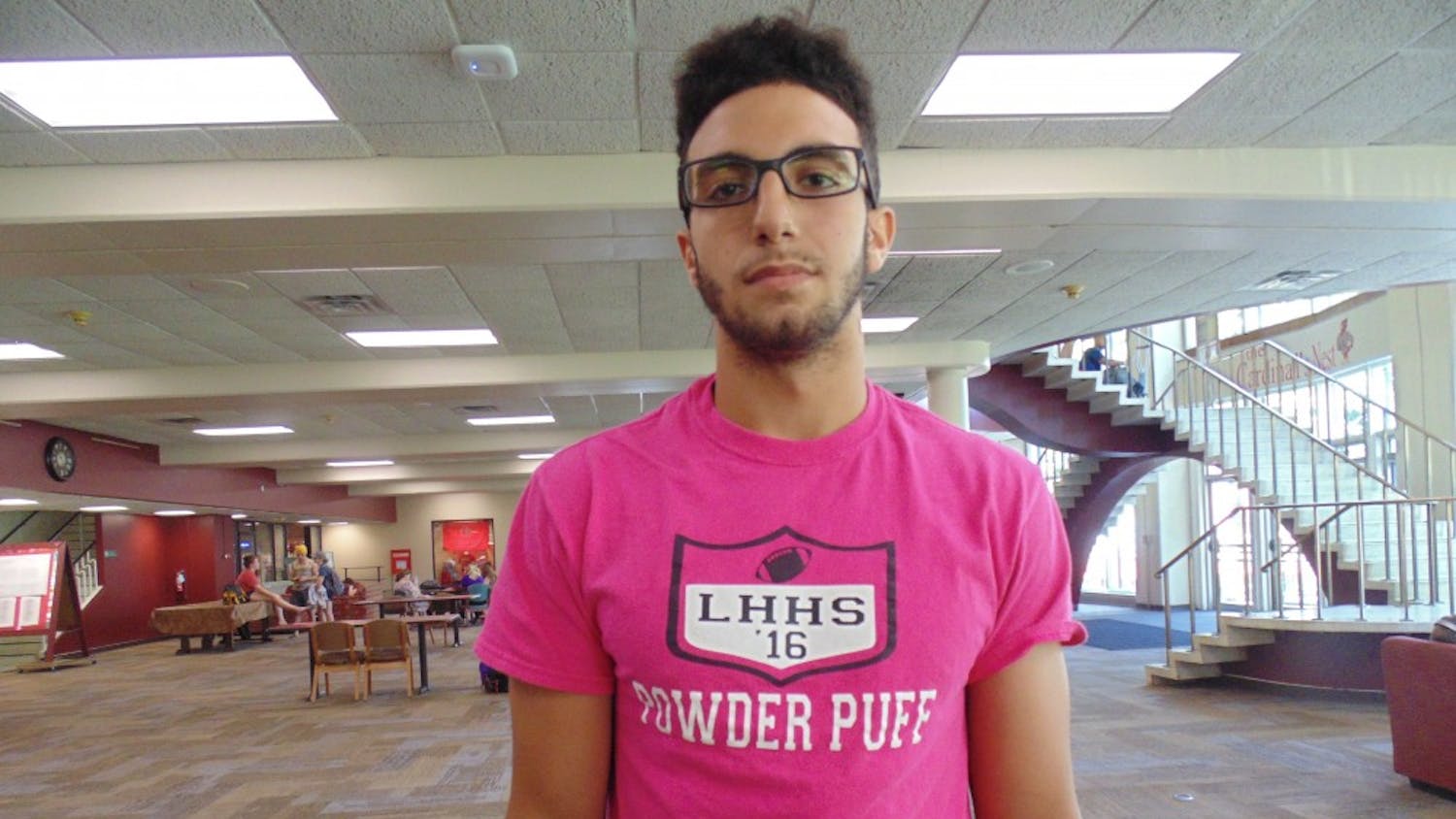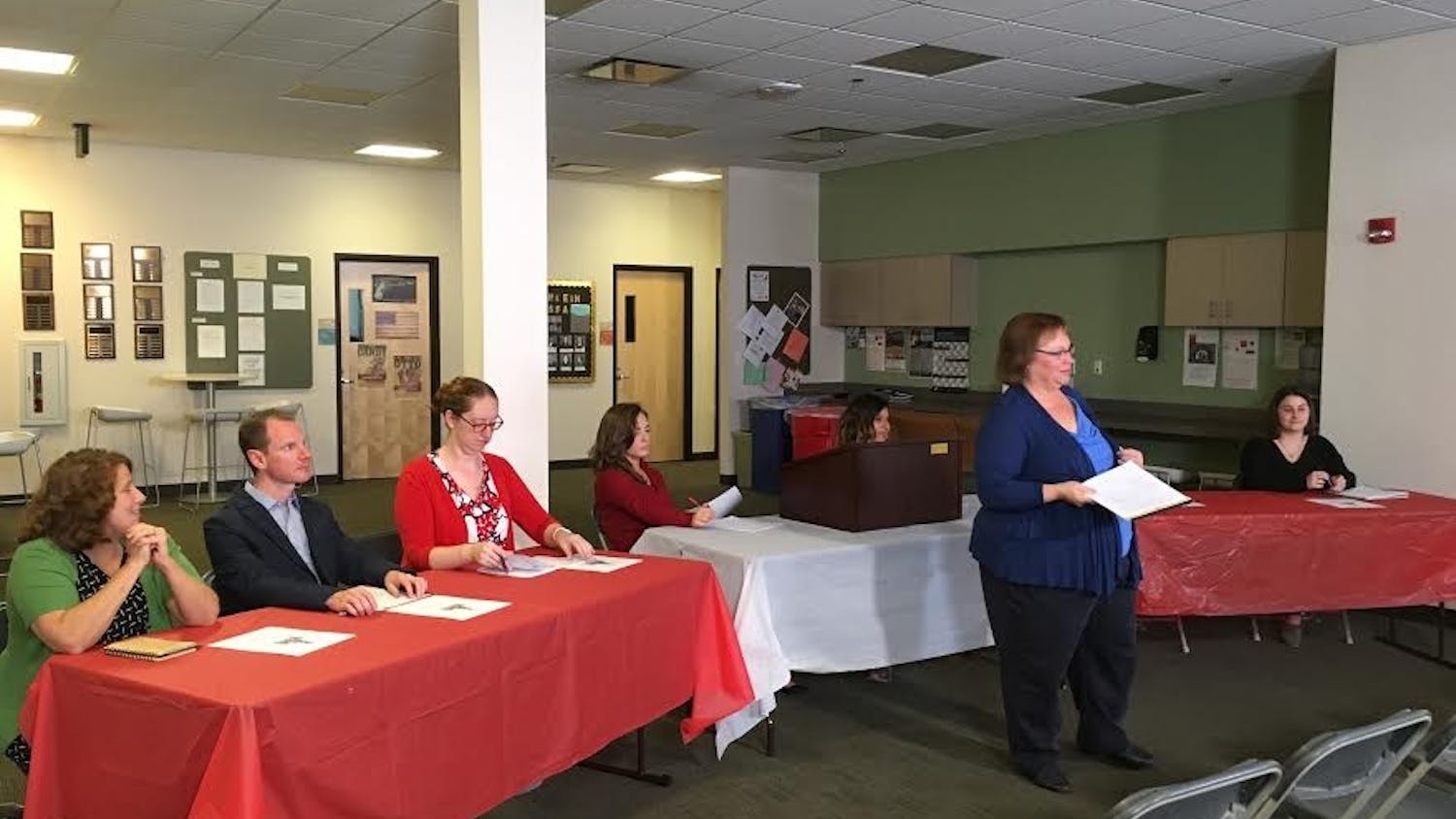What does February mean to you? Valentines or cold weather? Groundhog's day, or maybe the earliest signs of spring? Certainly, we've all familiarized February as Black History Month, a time dedicated to educating all people on the triumphs and struggles of African Americans, though at Otterbein University, it is taken a step further.
Tunnel of Oppression, an event showing the struggles and oppression faced daily by many minorities, took place last weekend on Otterbein's campus. In addition to common minorities such as race or ethnicity, others, such as homelessness, were also included.
The following types of oppression were showcases in this year's Tunnel:
Stereotypes of African Americans in the Media:
Presented by the African American Student Union, this room showed how stereotypes faced by African Americans, mainly men, affect their chances of success in society. A film played through the showing, during which high school students of various racial backgrounds talked about their own stereotypes regarding African Americans.
"Race, Prison and the War on Drugs: Inequalities in Contemporary Society":
This room, put together by INST 170, led by Miranda Hallett, showed the varying degrees of crime and rates of arrest among different races. A video supporting the "Just Say No" campaign of Nancy Reagan showed images of America's drug war, while fliers spread throughout the room stating "Drug war is the new Jim Crow" showed how the original "War on Drugs" became a race war due to racial prejudices.
Immigration:
Organized by the Heritage of Latino Americans group (HOLA), this room was intended to "give Otterbein students a feel for what immigrants go through on a daily basis when arriving to a foreign country, not necessarily the United States," said Karen Castro, the group's advisor. "We hoped to inspire students to be more understanding when encountering immigrants from any nationality and to understand that it is difficult to learn a different language," said Castro. The decor of this room did exactly that. Using trash bags to cover each of the walls, intimidating signs using foreign language and discriminatory words created the affect of alienation felt by immigrants to the United States.
GLBTQ:
Otterbein's Gay/Straight Alliance, Free Zone, constrcuted this room. They also used video as visual aid, though their metaphorical dropping of names on paper represented the harsh reality of "bullycide" - a term used for the instance in which an individual is bullied to the point of death - in the GLBTQ community.
Homelessness in America:
The Cardinal Corps (run by Caitlyn Tully) showed a rare glimpse into the world of America's homeless through this room.. Using tarps and newspaper to recreate a scene of poverty, --- showed a series of videos telling the tales of several victims of poverty and homelessness.
While each room displayed a heartbreaking reality, some stood out more to certain individuals than others. "The statistics and the facts in the room were surprising. 40% of American forces become homeless. Also, the room on African American stereotypes was interesting because it had the most surprising facts," said freshman Jae Baldwin.
"I think the Tunnel of Oppression is a GREAT way to raise awareness on societal issues, but I wish more people would want or take the opportunity to come and experience the issues first hand. I really wanted to reach people that don't usually come to these types of events...but it was a great experience to help set up and find ways to try to evoke some kind of emotion out of students walking through the 'tunnel' and I cant wait to participate next year!" commented Arian Williams, who heads the African American Student Union.





